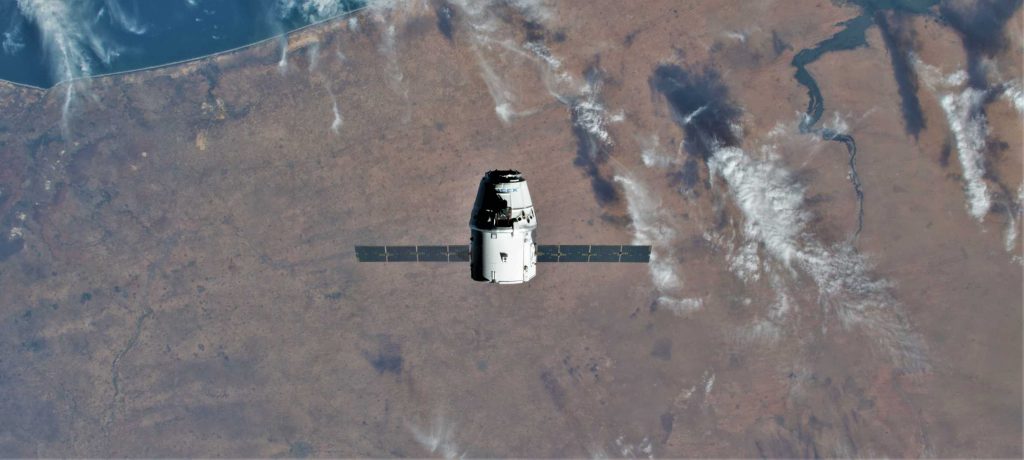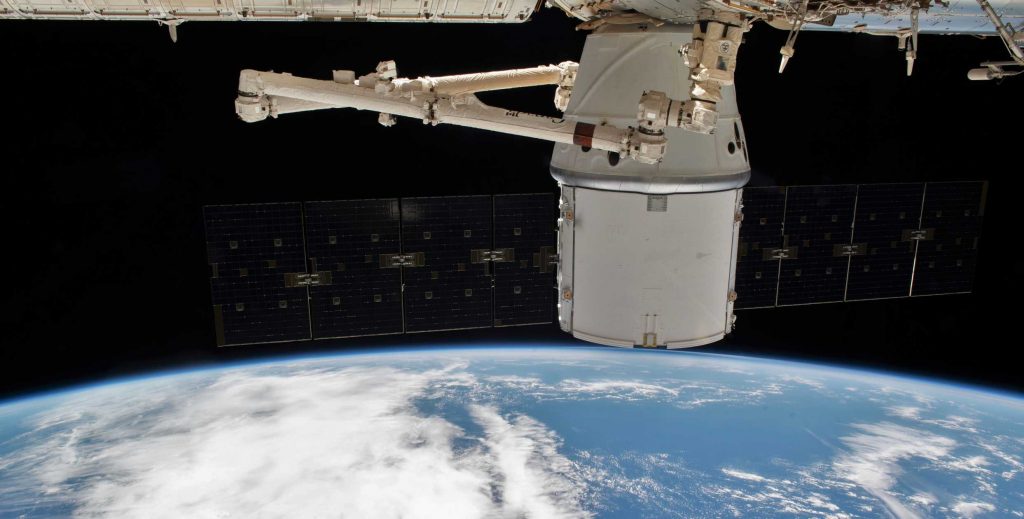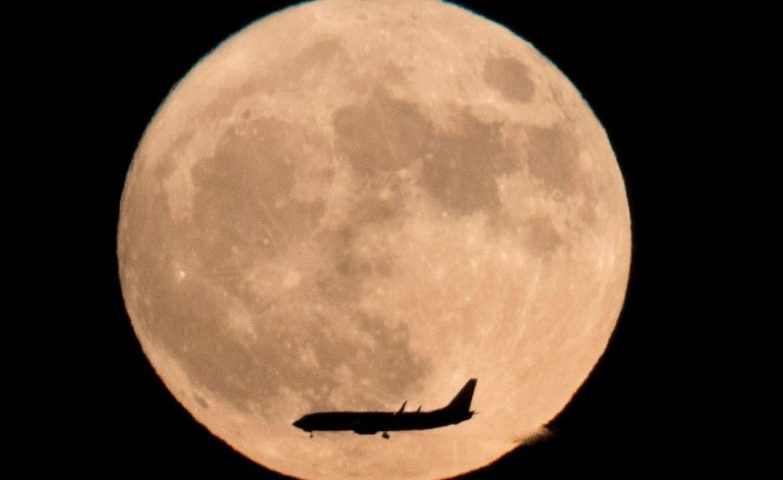These two tiny spacecraft will help pave the way for astronauts to return to the moon

If NASA astronauts land on the moon as planned in 2024, they’ll have an advantage their Apollo predecessors lacked: insights gathered by tiny robotic spacecraft that visit the moon before them.
NASA has announced the first two such projects selected to fly as part of the Artemis program to land astronauts on the moon: Lunar Flashlight and the Cislunar Autonomous Positioning System Technology Operations and Navigation Experiment (CAPSTONE). The missions represent the next step for the small spacecraft, known as cubesats, which became available for Earth orbit in the 1990s as electronics and sensors shrank to allow bread-box-sized (or slightly larger) satellites to perform scientific work. Since then, cubesats have become so powerful that they are used regularly for Earth observations. And the first interplanetary cubesats successfully flew to Mars in 2018 with the NASA InSight mission, so the spacecraft are becoming hardy enough for deep-space missions.
Thanks to their diminutive size, cubesats are both easy to pack on a rocket and cheap to launch. They often ride along with larger satellites. As NASA’s Artemis program aims to return astronauts to the moon in 2024, NASA is planning to launch the first lunar cubesats in 2021.
“In the case of lunar exploration, cubesats are proving themselves to be increasingly capable platforms to precede human explorers on the moon and Mars,” Christopher Baker, small spacecraft technology program executive within NASA’s Space Technology Mission Directorate, said in a NASA statement.
The agency has said that a total of 13 cubesats will fly on the first flight in the program, Artemis I, which is currently scheduled for the second half of 2021 after timeline slips. That mission will send an Orion spacecraft on an uncrewed loop around the moon to test lunar technologies ahead of human landings.
One of those cubesats will be Lunar Flashlight, a collaboration among several NASA centers, which will look for ice deposits in permanently shadowed craters of the moon and try to estimate how much ice is there, using lasers. Explorers hope that water ice can address needs for drinking water or rocket fuel. (Water is also heavy to tote from Earth, so the ability to get water from lunar ice would reduce the cost of future exploration missions.) Another satellite with ground-penetrating radar, or some rover missions, could follow Lunar Flashlight to better characterize the depth of the deposits.
The second newly confirmed cubesat, CAPSTONE, is a commercial collaboration. And this cubesat won’t launch on a NASA rocket; instead, it is scheduled to fly on a Rocket Lab Electron vehicle in early 2021. CAPSTONE will fly in the same lunar orbit planned for NASA’s Gateway space station, to test entering the unusual orbit. Orbiting the moon is further complicated by mass concentrations under the lunar surface that perturb orbits, and NASA doesn’t want to risk launching the larger and more expensive Gateway without a test. “No spacecraft has been placed there,” Baker said. “We want to measure what it takes to get into and remain in that orbit,” particularly fuel, he said.
CAPSTONE will also test future navigation without reliance on tracking from Earth, by figuring out the satellite’s position relative to NASA’s Lunar Reconnaissance Orbiter. This technique will allow missions to venture deeper into space without needing constant contact with Earth.
NASA is also looking at the possibility of using swarms of cubesats that work together to make observations and solve problems. Baker suggested that these cubesats could be used as a “quick reaction” tool to let researchers respond to the most pressing data as it comes in.
“Frankly, given the pace of the small spacecraft community, [along with] our academic and industry partners, there may well be an underestimation of what we can accomplish in the next five years,” he said.
























